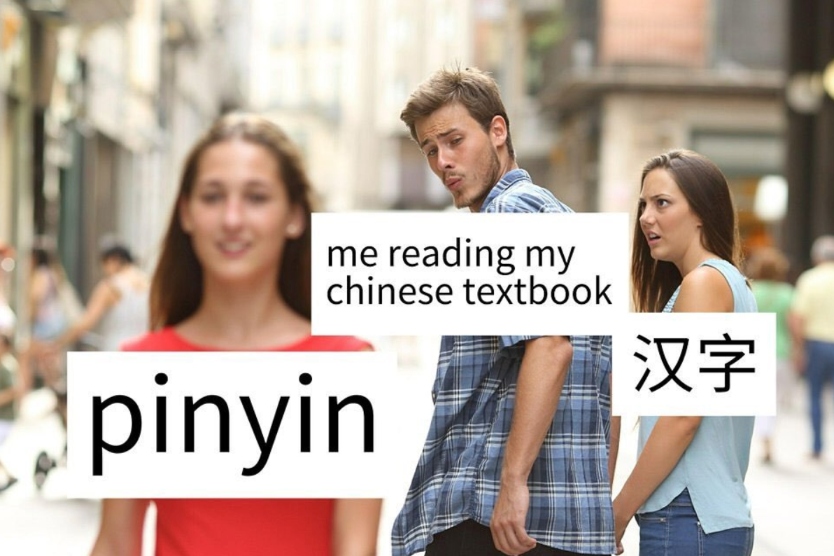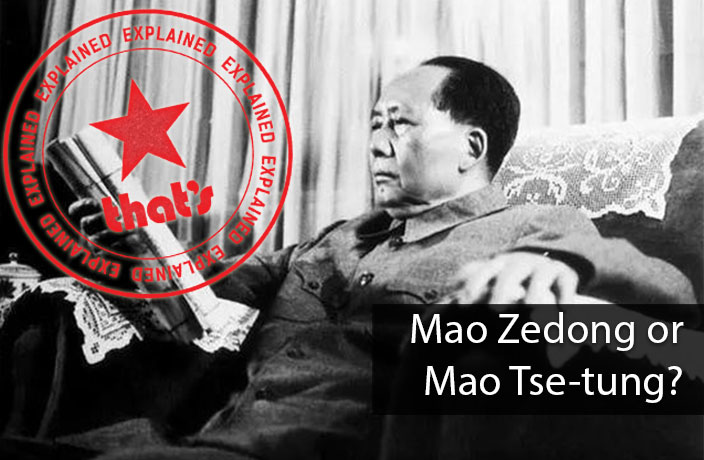His face adorns the walls of buildings from Hainan to Heilongjiang and beyond, his vision for China shaped the country that exists today and his legacy extends far beyond the borders of the Middle Kingdom. His name, of course, is Mao Zedong – but that title, at least as it is currently written in the Latin alphabet, didn’t always exist.
On February 11, 1958, the Chinese Communist Party – and the nation at large – officially adopted the pinyin Romanization system for Chinese characters during the Fifth Session of the 1st National People’s Congress.
Developed by Zhou Youguang, the new system revolutionized the method of writing Mandarin using the Latin alphabet, and it was through pinyin that Chairman Mao earned the Romanized title for 毛泽东 that most of us are familiar with today – Mao Zedong.
But before 1958, or at least prior to the first draft of pinyin two years earlier, much of the world outside China knew ‘The Great Helmsman’ as Mao Tse-tung – a previous Romanization of his name based on the Wade-Giles system.
Started by Sir Thomas Francis Wade, a Cambridge Mandarin professor, and completed in Herbert Allen Giles’ 1912 Chinese-English dictionary, the Wade-Giles system, while groundbreaking for its time, was complex and less phonetically accurate than its successor. It has been largely superseded by pinyin in the last several decades.
Most major publications have long used pinyin in reference to Mao, but an archive search of the New York Times and the Guardian reveals that in the ’60s and ’70s, Mao Tse-tung was the standard written form for both papers.
Some publications – whether intentionally or inadvertently – continue the Tse-tung trend to this day. The Associated Press, for example, referred to Mao by his Wade-Giles name in this July 2019 article about the death of Li Peng.
And if you’ve ever wondered why your favorite hot pot restaurant in the West calls itself a ‘Szechuan’ restaurant and not a ‘Sichuan’ restaurant, or if you were confused by the label on Qingdao’s famous ‘Tsingtao’ beer, well, you’ve got the Wade-Giles system to thank for those inconsistencies too.
Believe it or not, when Pinyin was first developed, Chairman Mao intended for the system to become the new written standard for China’s lingua franca, Mandarin, with the goal of replacing traditional characters entirely, according to The Economist.
It was only after his Communist comrade Joseph Stalin insisted that China keep its own form of written language, that Mao instead encouraged the development of what we know today as simplified Chinese.

Image via @dengmandarin/Instagram
While Chinese characters are very much alive in the written world of the Far East (even beyond China, with the use of kanji in Japanese and many Chinese characters existing in Korean, for example), the adoption of pinyin has shaped the way Chinese people communicate in the 21st century, making language-learning easier for children in their early years, and even allowing for a more practical typing system for online communication.
So, we can thank the Mao ‘Tse-tung’ of the late ’50s (and Zhou Youguang) for implementing pinyin across China – and subsequently around the world – allowing locals and foreigners alike to better understand the language that dominates the People’s Republic today.
READ MORE: Creator of Pinyin Zhou Youguang Dies at 111
[Cover image via Sina]























0 User Comments